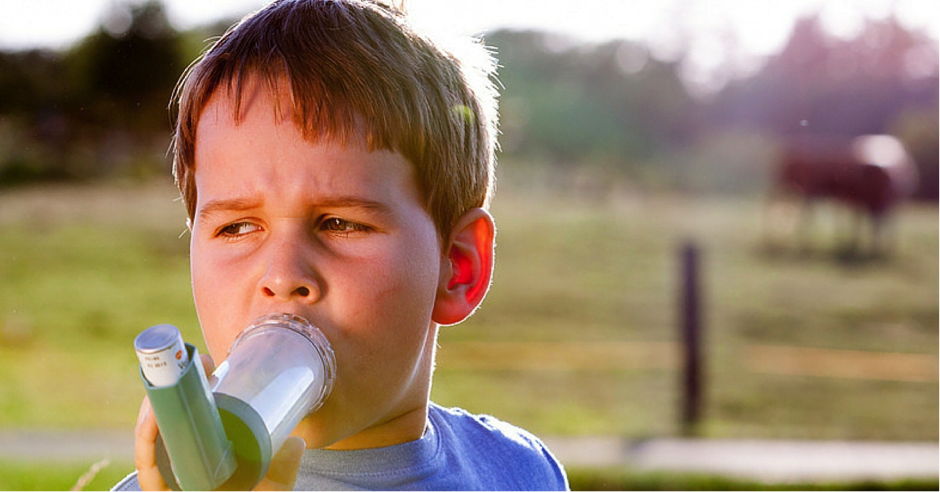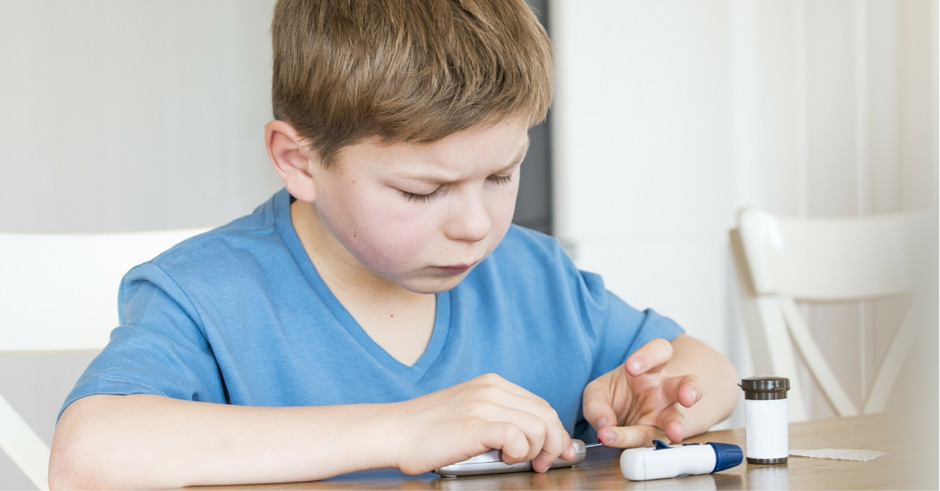Summer is synonymous with spending time outdoors. The sun, the beaches and the great atmosphere are a big part of the summer season. Before grabbing that hat and swimsuit though, it would be wise to get to know how sunburn occur, and what you could do to prevent it.
One big reason to avoid sunburn is the associated risk of skin cancer it carries. Australia has one of the highest rates of skin cancer in the world, according to Cancer Council, Australia. While skin cancer can strike at any age, the risk gets higher as one ages. Two in three Australians are expected to be diagnosed with some form of skin cancer by the age of 70. According to SunSmart, every year, skin cancer accounts for 80 percent for all newly-diagnosed cancer patients in Australia. A very high number of these are due to prolonged exposure to the sun.
According to the Cancer Council, frequent sunburn is one of the leading causes of melanoma – the deadliest type of skin cancer. Therefore, it is really important to learn how to avoid getting sunburnt.
What Causes Sunburn?
Sunburn happens when our skin gets exposed too long to UV, or ultraviolet radiation coming from the sun. We see the sunlight and feel its infrared heat, but ultraviolet light is the invisible radiation coming from the sun. Though we cannot see the sun on cloudy days, the ultraviolet radiation may still damage the skin.
In simpler terms, sunburn is what happens when harmful radiation gets to our skin. All it takes for sunburn to occur on a hot Australian summer day is around 15 minutes of exposure. The skin can turn from flesh-colored to red in a span of 2 to 6 hours after being exposed to UV rays. It can keep getting worse for up to 72 hours. Depending on the intensity, the treatment and recovery can take anywhere from days to weeks.
The Danger of Repeated Sunburn
Repeated exposure to the sun over the course of the summer season can be very dangerous. Sunburn by itself increases overall skin damage and the risk of developing various skin diseases. Some of the most common skin damage includes photoaging or premature skin ageing, skin cancer and skin infections.
Our blood vessels and cells are affected by sunburn as well. With repeated sun exposure, our skin begins to look leathery, dry, wrinkled and discoloured. The skin’s integrity is weakened and therefore, we could bruise easily. The long term effects of sunburn are the most dangerous of all. Individuals become prone to all kinds of skin cancer, including melanoma. The sooner one gets screened for possible skin cancer, the better the chances of avoiding life-changing events such as surgery, disfigurement or even death. So if you are one of those who has been sunbathing regularly or if your work is largely outdoors, speak to your GP about regular screening for skin cancer.
How to Avoid Getting Sunburned
The best way to avoid getting sunburned is to not have contact with sun rays, but that could prove to be impossible, especially during summer. For the next best thing, take these precautions:
1. Make putting on sunscreen a habit. Use a sunscreen with a sun protection factor or SPF of 30 or invest in a good, water-resistant broad spectrum sunscreen. Read the labels carefully so you are fully informed about what you are buying.
2. Avoid stepping out in the sun when the sun is at its strongest. This means getting indoors or under protective shade between 10am and 3pm. Not only is the heat unbearable, but the concentration of UV radiation is also at the highest.
3. Wear protective clothing. Slacks, long-sleeved shirts or blouses and a wide-brimmed hat can stave off the harmful UV rays away from your skin. The hat is there to protect your ears, neck, head and your face. Use wrap-around sunglasses, or ones that are approved by Australian standards AS/NZS 1067.
4. Check UV levels every day. Most weather forecasts now give an indication of UV levels that can be expected during the day. The UV levels are measured from 0 at the low end to 11 which is extreme. If the forecast shows UV levels at 3 or over, SunSmart recommends that you take all the precautions necessary – hat, sunscreen, sunglasses and water bottle.
5. Protect all year round. People who work outdoors for very long periods of time must use the proper sun protection even if it’s not summer season. These individuals are at a greater risk of developing skin cancer.
Treating Mild Sunburn
Unfortunately, there’s no miracle cure for sunburn and its painful effects. You will need to be patient and allow the sunburn to pass. If the sunburn is mild, there are some measures recommended by Better Health Channel, Victoria which may help ease the symptoms:
1. Drink plenty of fluids, especially water. Spending time outdoors in summer can lead to dehydration.
2. Apply a cold compress to ease the pain. You may also apply cold water to the sunburned area.
3. Don’t use soap as it could potentially irritate the sunburned skin.
4. Opt for spray-on sunburn solutions instead of cream that needs to be applied topically.
5. If blisters appear, don’t touch them. Cover them with wound dressing to lessen the chances of skin infections.
6. Apply moisturiser if you can tolerate the pain. This won’t keep your skin from peeling, but the moisture will reach the skin beneath the sunburned area.
7. Take appropriate pain medication if necessary to relieve the pain.
8. Stay indoors until the sunburn has fully healed.
If the sunburn is more severe, see your GP immediately. For instance, peeling and blistering skin is a sign of severity and you must seek immediate medical attention. Sometimes severe sunburn is accompanied by nausea, vomiting and dizziness. Only a GP can prescribe the right line of treatment to ease the suffering and protect the skin from being infected.
So go on and have a great summer. Just make sure you check the weather forecast for the UV warning, and arm yourself with sunscreen, hat, shades and a water bottle whenever you step out in the sun.





